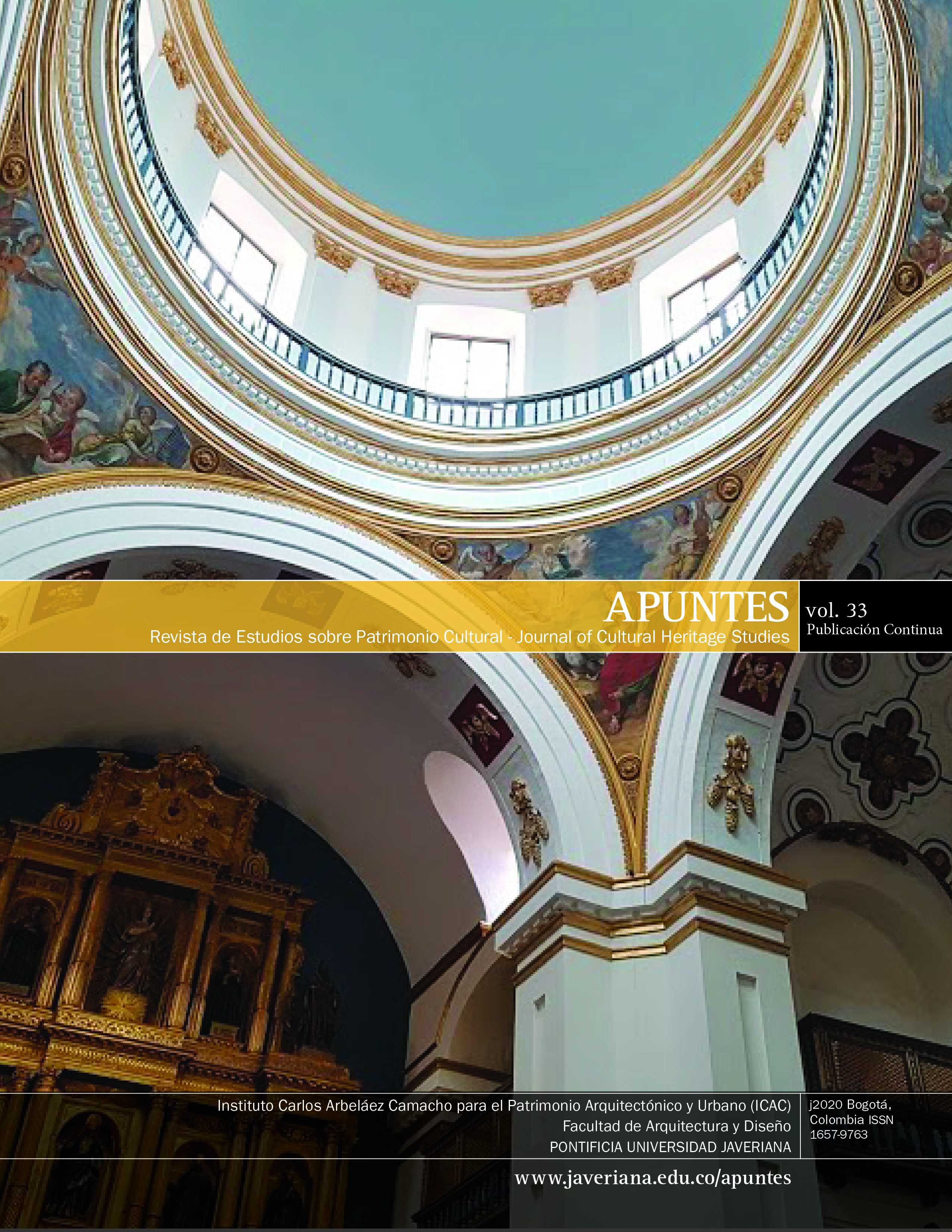Abstract
Trichocereus atacamensis is one of the plant species used in the traditional construction throughout the high plateau. Considering that the construction materials, techniques and knowledge are social practices and have symbolic value and implications in the definition of the family groups, this work proposes to study the use of the cardon wood in the roof truss of the housing architecture in the Susques community (Jujuy, Argentina). This work puts together some contributions and analyses from the ethnobotany and the architecture by doing an intensive field work under an ethnographic approach. The work included to do a data gathering of the buildings, interviews to builders, and observation and tours with active participation. The results provide details on the different strategies used for the selection, extraction and processing of raw material and underline the botanical traits that make the cardon an appropriate and outstanding material. In the housing architecture, the study focused mostly in the cactus wood used for the roof, putting emphasis on the structural pieces. As a conclusion, it is observed that beyond the possibility to obtain and use this natural resource as a material, there is a prevailing role of the wood from cardones in the housing construction due to its significance.
Barbarich, J. A. (2017). Trancabalanca: Diccionario del habla rural de Jujuy. EDIUNJu.
Barbarich, M. F., y Suárez, M. E. (2018). Los guardianes silenciosos de la Quebrada de Humahuaca: Etnobotánica del “Cardón” (Trichocereus atacamensis, cactaceae) entre pobladores originarios e el departamento Tilcara, Jujuy, Argentina. Bonplandia, 27(1), 59-80.
Boman, E. (1991). Antigüedades de la región andina de la República Argentina y del desierto de Atacama (Tomo II). Universidad Nacional de Jujuy.
Buitrago, L. G., y Larran, M. T. (1994). El Clima de la Provincia de Jujuy. EDIUNJu.
Cabrera, A. L. (1971). Fitogeografía de la república Argentina. Boletín de la Sociedad Argentina de Botánica, 14(1-2), 1-42.
Delgado, F., y Göbel, B. (1995). Departamento de Susques: la historia olvidada de la Puna de Atacama. En A. Teruel y M. Lagos (Dirs.), Jujuy en la Historia (pp. 81-104). EDIUNJu.
Guber, R. (2001). La etnografía: método, campo y reflexividad. Ed. Norma.
Kiesling, R. (1978). El género Trichocereus (Cactaceae): I. Las especies de la República Argentina. Darwiniana, 21(2-4), 263-330.
Ministerio de Ambiente de Jujuy. (2006, 27 de enero). Compendio de leyes ambientales de la provincia de Jujuy. Decreto Provincial N°4805/2006.
Stewart, O. C. (1987). Peyote religion: A history (Vol. 181). University of Oklahoma Press.
Tomasi, J. (2011). Geografías del pastoreo. Territorios, movilidades y espacio doméstico en Susques (provincia de Jujuy) [Tesis de Doctorado en Geografía]. Universidad de Buenos Aires.
Tomasi, J., y Rivet, C. (2011). Puna y Arquitectura. Las formas locales de la construcción. CEDODAL.
Towle, M. A. (1961). The Ethnobotany of Pre-Columbian Peru. Viking Fund Publications.

This work is licensed under a Creative Commons Attribution 4.0 International License.


